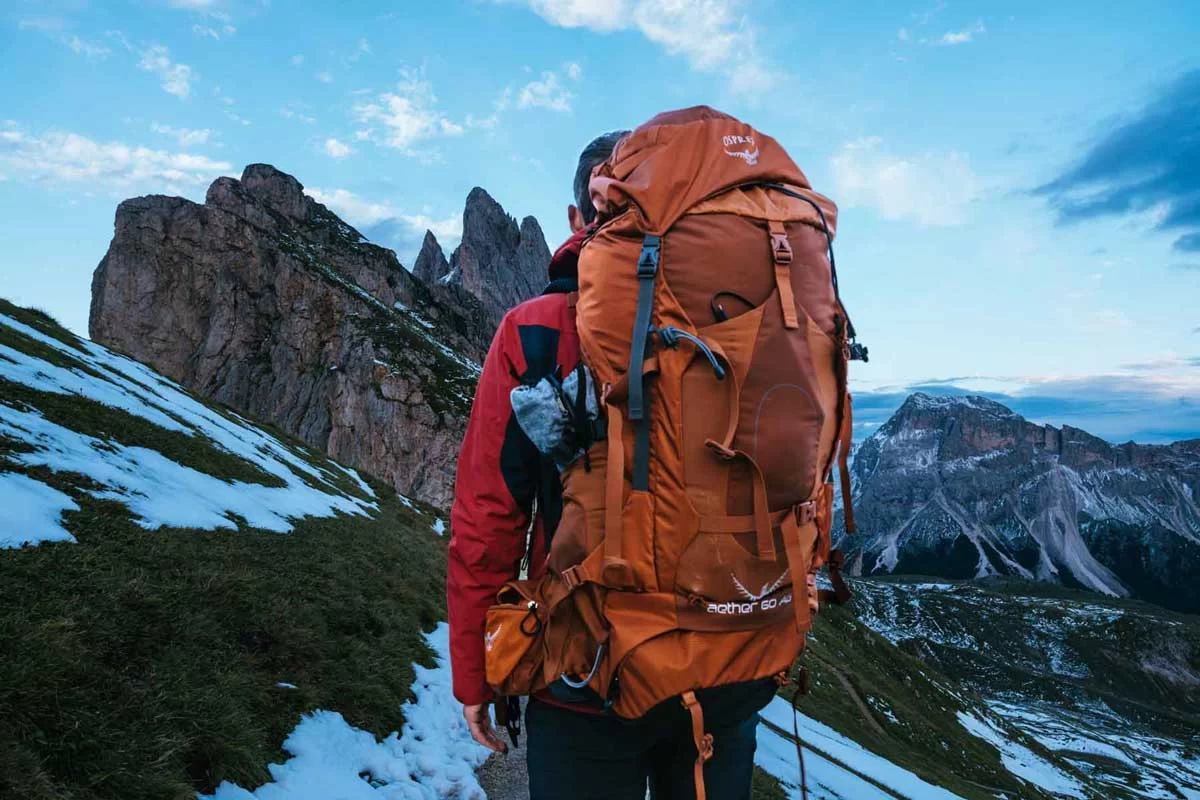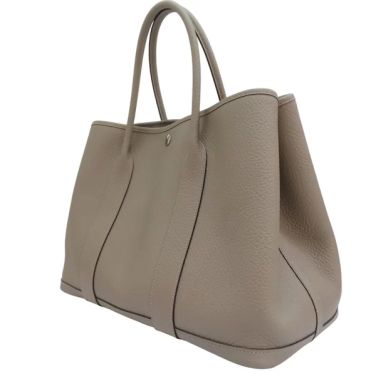How to Choose the Best Backpack for Different Weather Conditions
- Choosing a Backpack for Hot Weather
- Backpacks for Rainy Weather
- Selecting a Backpack for Cold and Winter Conditions
- Backpacks for Extreme and Harsh Weather
- General Tips for Backpack Selection Based on Weather
Choosing a Backpack for Hot Weather
When choosing a backpack for hot weather, comfort and breathability are key. Hot temperatures can cause discomfort, so it's important to select a backpack that helps keep you cool and dry.
1. Material Matters: Lightweight and Breathable Fabrics
Look for backpacks made from lightweight materials such as nylon or polyester that are not only durable but also breathable. Fabrics with mesh panels or ventilation openings promote airflow, preventing you from getting too hot or sweaty.
2. Hydration Accessibility
If you’re trekking through the heat, a backpack with a hydration reservoir or easy-access water bottle pockets will keep you hydrated on the go. Staying hydrated in hot weather is crucial, so make sure your backpack accommodates this feature.
3. UV Protection
Some backpacks come with UV-resistant coatings or sunshields. While not a must-have for everyone, these features can add extra comfort and protection when you’re out in the sun for extended periods.
Backpacks for Rainy Weather
Rain can be unpredictable, but with the right backpack, you can stay dry and keep your belongings safe. Here’s what to look for in a backpack for rainy weather:
1. Waterproof and Water-Resistant Materials
For rainy weather, a backpack made from waterproof materials like coated nylon or Gore-Tex is essential. These materials ensure that the contents of your bag stay dry, even in heavy rain. If you prefer a water-resistant backpack, make sure it has a high water-resistance rating, such as 1000-2000mm.
2. Sealed Zippers and Waterproof Covers
Check for backpacks that feature sealed zippers, which help prevent water from seeping through the zippers. Additionally, some backpacks come with waterproof covers that can be pulled over your bag to provide extra protection during downpours.
3. Drainage Points
If you’re out in the rain for extended periods, look for a backpack that has built-in drainage points. These prevent water from pooling inside and help your bag dry faster.
Selecting a Backpack for Cold and Winter Conditions
Choosing the right backpack for cold weather or winter conditions is crucial to keeping your gear safe from the elements. Consider these factors when shopping for a winter-ready pack:
1. Insulation and Weatherproofing
Cold weather backpacks often feature insulation or extra layers of protection to prevent the contents from freezing. Choose a pack made with thicker, weatherproof material that can withstand snow and freezing temperatures.
2. Padded Straps and Comfort
When dealing with winter conditions, you might need to carry heavier loads. Look for backpacks with padded straps and a well-designed back panel for comfort and weight distribution. This will help reduce strain on your back when you're bundled up in thick clothing.
3. Reflective Details for Visibility
If you’re out in the dark or snowy conditions, visibility is a concern. Many winter backpacks come with reflective straps or logos, which help you stay visible during low-light conditions.
Backpacks for Extreme and Harsh Weather
If you plan to be out in extreme weather conditions like torrential rain, intense heat, or freezing temperatures, you’ll need a specialized backpack that can withstand the worst of what nature has to offer.
1. Durability and Reinforced Areas
Backpacks for extreme conditions are typically designed with extra durability in mind. Look for reinforced seams and abrasion-resistant materials like Cordura fabric. These materials ensure that the backpack can handle harsh environments without falling apart.
2. Waterproof Zippers and Specialized Features
In extreme weather, even zippers need to be resistant to water and snow. High-quality backpacks for extreme weather often feature waterproof zippers, quick-access compartments, and easy-to-adjust straps.
3. Specialized Compartments for Cold Gear
Some backpacks designed for extreme cold conditions feature compartments specifically made to house cold-weather gear like jackets, gloves, or thermal items. These compartments are often insulated to protect your gear from freezing.
General Tips for Backpack Selection Based on Weather
When choosing a backpack for different weather conditions, it’s important to consider your specific needs. Here are some general tips:
1. Consider Your Activity
Whether you’re hiking, traveling, or commuting, the activity you're doing will impact the type of backpack you need. For instance, a lightweight daypack may be all you need for hot weather, while a rugged trekking pack will be necessary for extreme conditions.
2. Versatility Is Key
If you live in an area with variable weather, look for a backpack that can adapt. Some backpacks come with removable rain covers, insulated compartments, or ventilation panels that allow you to adjust the pack for different conditions.
3. Check for Comfort and Fit
No matter what the weather, comfort is a priority. Ensure that your backpack has adjustable straps, a padded back, and a waist belt to help distribute the load evenly.
If you're looking for backpacks that can handle a variety of weather conditions, be sure to check out our collection at Feima Bags. We offer durable, weather-resistant backpacks for every season and every climate!















